|
|
• Our Projects •By Type |
|
|
• Our Projects •By Type |
page updated July 8, 2011
|
House of Many Colors, Olynthus, Greece |
Vari House, Attica, Greece |
| Our past package Ancient Greece: Town & Country compared daily life in an ancient Greek townhouse with life in an ancient farmhouse (both of the Hellenistic period). This package was an extension of the award-winning Vari House educational package (it is no longer available for schools). | |

|
|
| Our educational package exploring the palace, Lion Gate, and temple at Til Barsip was specially created to integrate into existing classroom activities. | |
|
Tsoungiza, Ancient Nemea, Greece, a Neolithic-Bronze Age settlement |
| This electronic publication will include all the data from the excavations, virtual reality re-creations of the trenches with 3D artifacts in their excavated contexts, and a searchable database linked to virtual worlds, photos, drawings, and text. |
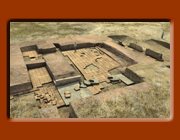
Nimrud, Central Palace Area various kings 9th-8th centuries BCE |
| This all-digital publication will include all the unpublished data from the excavations, field notebook data, linked virtual worlds, and all the photos and drawings taken during the dig seasons. |
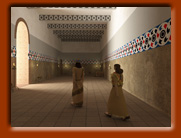
Northwest Palace of Ashur-nasir-pal II, Nimrud, Assyria 9th century BCE |
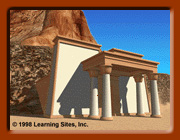
The entire site of Gebel Barkal, Nubia early 7th century BCE |
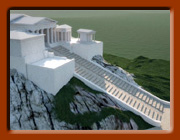
The Acropolis Athens, Greece 5th century BCE |
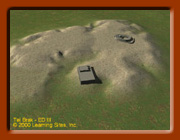
Tell Brak, Syria settlement 3rd millennium BCE |
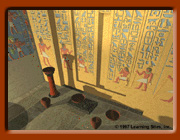
Funerary Chapel of Ka(i)pura Saqqara, Egypt c.2415-2298 BCE |
| This museum display toured the United States for over two years with a large exhibit of objects from the University of Pennsylvania Museum of Archaeology and Anthropology. |

Paliké, Catania, Sicily hestiaterion (dining hall) 5th century BCE |
| The hestiaterion virtual world is being displayed at the excavation site visitors' center for public access. |

Nimrud Northwest Palace of Ashur-nasir-pal II, 9th century BCE |
| Two museum installations at the Hood Museum of Art (on display throughout 2006) and the Williams College Museum of Art (on display from 2010) proved highly successful, integrating high-resolution flyovers with interactive virtual reality. |